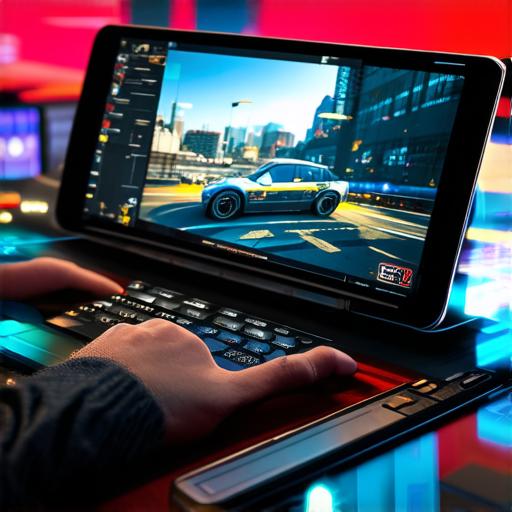How to create augmented reality experiences: A step-by-step guide for AR developers
Augmented reality (AR) is a rapidly growing field with countless potential applications. From gaming and entertainment to education and healthcare, AR has the power to revolutionize the way we interact with digital information and the world around us.
Understanding the basics of AR development
Before diving into the technical aspects of AR development, it’s essential to understand the fundamentals of this technology. Augmented reality is a type of computer-generated simulation that overlays digital information onto the real world. This can be achieved through various devices, such as smartphones, tablets, and headsets.
AR development typically involves three main components:
-
Content creation: This involves designing and creating 3D models, animations, and other assets that will be displayed in the AR experience.
-
Tracking and recognition: This refers to the process of detecting the user’s location and position in the real world, allowing the AR system to accurately overlay digital information onto the appropriate surface.
-
User interaction: This involves designing intuitive and engaging interactions that allow users to interact with the AR content in a meaningful way.
Step 1: Define your AR experience
The first step in creating an AR experience is to define its purpose and goals. What do you want to achieve with this technology? What kind of user experience are you aiming for? These questions will help you determine the type of content, interactions, and tracking mechanisms that will be necessary for your AR application.
Step 2: Choose your AR development platform
Once you have defined your AR experience, the next step is to choose a development platform that meets your needs. There are several options available, including Unity, Unreal Engine, and ARKit for iOS devices. Each platform has its own strengths and weaknesses, so it’s essential to choose one that fits your project requirements and skillset.

Step 3: Create your AR content
The next step is to create the 3D models, animations, and other assets that will be displayed in your AR experience. This can be a time-consuming process that requires specialized skills, such as 3D modeling, texturing, and animation. However, there are several tools available that can simplify this process, such as Blender, Maya, and SketchUp.
It’s essential to keep in mind that your AR content should be optimized for the platform you’re using, as each platform has its own limitations on file size, resolution, and performance. You’ll also need to consider factors such as lighting and shadows, which can significantly affect the realism of your AR experience.
Step 4: Implement tracking and recognition
The next step is to implement the tracking and recognition mechanisms that will allow your AR system to accurately overlay digital information onto the appropriate surface. This typically involves using a combination of sensors, cameras, and computer vision algorithms to detect the user’s location and position in the real world.
Step 5: Design intuitive and engaging interactions
The final step is to design intuitive and engaging interactions that allow users to interact with your AR content in a meaningful way. This can involve gestures, voice commands, or other forms of input that are tailored to the specific AR experience you’re creating.
